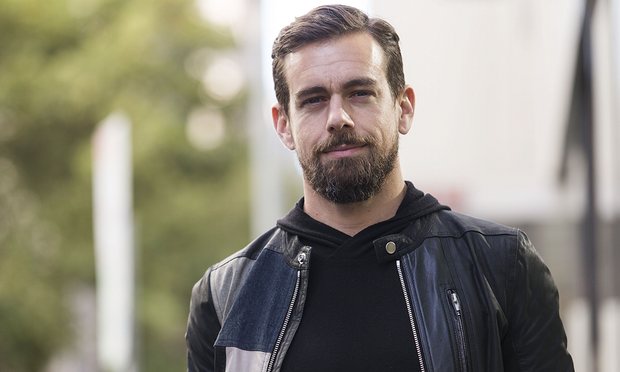The rumours are true: Twitter is going to stop counting photos and videos in its 140-character limit.
But the changes go far beyond what was leaked to Bloomberg in mid-May, and will alter many of the rules that users of the service have come to take for granted.
The biggest change comes to the way Twitter counts the length of tweets. Once the feature is switched on – the company hasn’t set an exact date – media attachments including photos, gifs, videos, polls and quoted tweets (basically, anything added to a tweet that isn’t a pasted-in link) won’t count towards the 140-character limit.
Neither will the names included at the start of a reply, meaning that “canoes”, the conversations that grow to include an unwieldy number of people in one chain, will soon leave plenty of room for a full argument/conversation to unfold. Or, as Twitter puts it, “no more penny-pinching your words to ensure they reach the whole group”.
While those changes are perhaps the most notable, representing the first serious relaxation of Twitter’s 140-character limit in the company’s history, others being introduced at the same time could prove more confusing to long-term users.
Self-promoters will be glad to hear that they can now retweet and quote tweet themselves, removing the need for ungainly self-replies to push tweets back into the feeds of adoring followers.
But perhaps the biggest change to come is the death of the “.@”. That’s the convention by which users put a full stop at the start of their tweet, to ensure that messages which would otherwise only be seen by the person being spoken to instead go out to their full timeline.
It’s become associated with a certain type of performative argument on the social network, allowing users to fight with one another while letting their followers see – and some would say encouraging them to join in. But the .@ is going to die, in form if not in spirit: Twitter will no longer hide tweets starting with an @ sign, unless those tweets are actually created with the reply function in the Twitter app.
And even if the replies are created that way, being able to self-retweet means that users can still encourage dogpiling – sorry, “share their wonderful insights” – the old-fashioned way.
Users have suggested these changes for years, but it apparently took the return to the chief executive seat of Jack Dorsey, Twitter’s co-founder, to provide the confidence to radically alter the service. Dorsey said: “One of the biggest priorities for this year is to refine our product and make it simpler. We’re focused on making Twitter a whole lot easier and faster. This is what Twitter is great at – what’s happening now, live conversation and the simplicity that we started the service with.
“We’re not giving up on the idea of Twitter being in the moment. That concept of brevity, speed and live conversation – being able to think of something and put it out to the world instantly – that’s what’s most important. We’re always going to look for opportunities to make tweets a lot more expressive, and enable people to say what they want to say. As long as things are fast, easy, simple and expressive, we’re going to look at what we can do to make Twitter a better experience,” he added.
Dorsey’s focus on simplicity highlights a key motivation for the changes: the perception that Twitter is too confusing for newcomers to understand, and is thus harming the site’s growth. The .@ function, in particular, has long been pointed to as an arcane feature which serves mostly to confuse new users.
The company has sought to overturn this perception, and in a release accompanying the news of the changes, it points out that it has succeeded by some metrics. “Improvements were made this year to the process of signing up new people on Twitter, helping them find new accounts by topic, location and people,” the company said. “This new on-boarding flow has resulted in dramatic increases in follows, up 48%, and mutual follows, up 56%, on average across both iOS and Android OS.”
Nicky Danino, principal lecturer and social media expert at the University of the Central Lancashire, says the changes could be positive for the company. “User engagement dropped recently, and the digital native doesn’t seem to be as keen on Twitter as they are on Facebook and other social sharing sites. In order to keep current audiences engaged while attracting younger users, changes need to be made somewhere and I’m glad to see Twitter taking steps towards them.”
But following the announcement, many Twitter users expressed confusion at the intricacies of the new system, suggesting the cure could be as bad as the sickness. “Replacing [the .@] with 2 identical tweets that do the same thing doesn’t seem less confusing”, wrote one. And others questioned the wisdom of the changes altogether:
— Wario Argento (@yellowcardigan)
May 24, 2016Why on earth would I want to see tweets like “@personIdontfollow Great seeing you today!” WHY WOULD I WANT THAT
Of course, making Twitter easier to use may not dovetail perfectly with making it more pleasant to use. Time will tell whether self-retweets and easier sharing of replies are what will help the service overcome its other major problem: a perception that it is a social network rife with bullying and harassment. It’s been a year since Twitter announced its last major initiative to deal with that problem, and there have been few signs of improvement.

